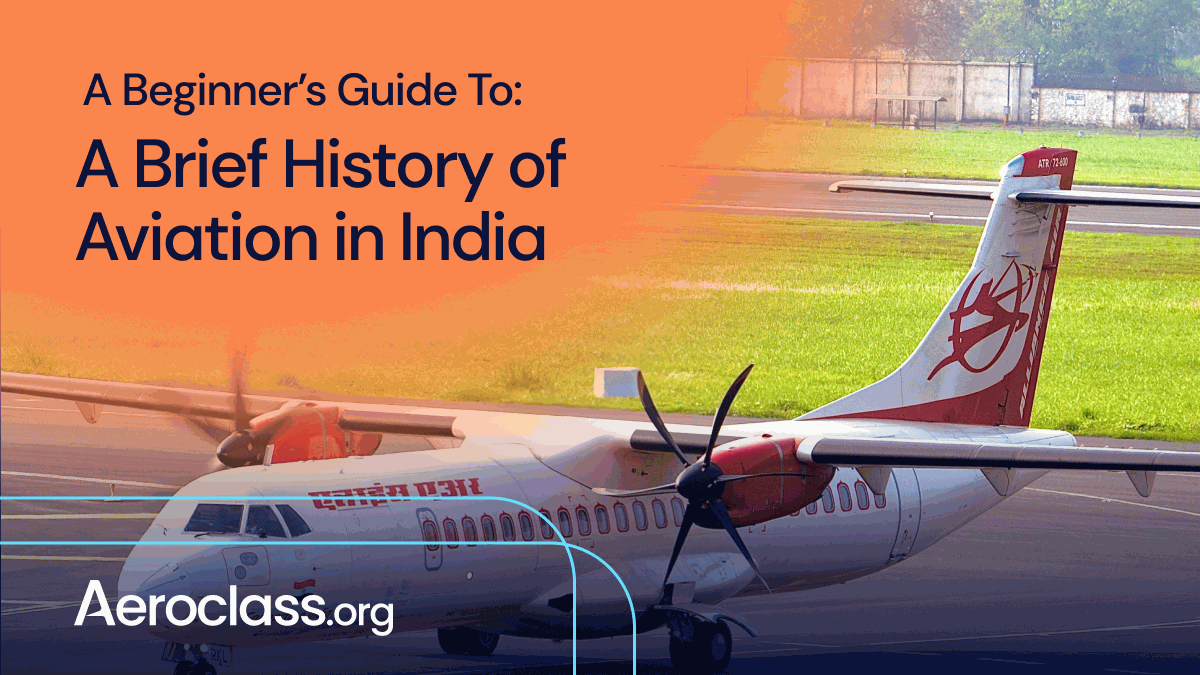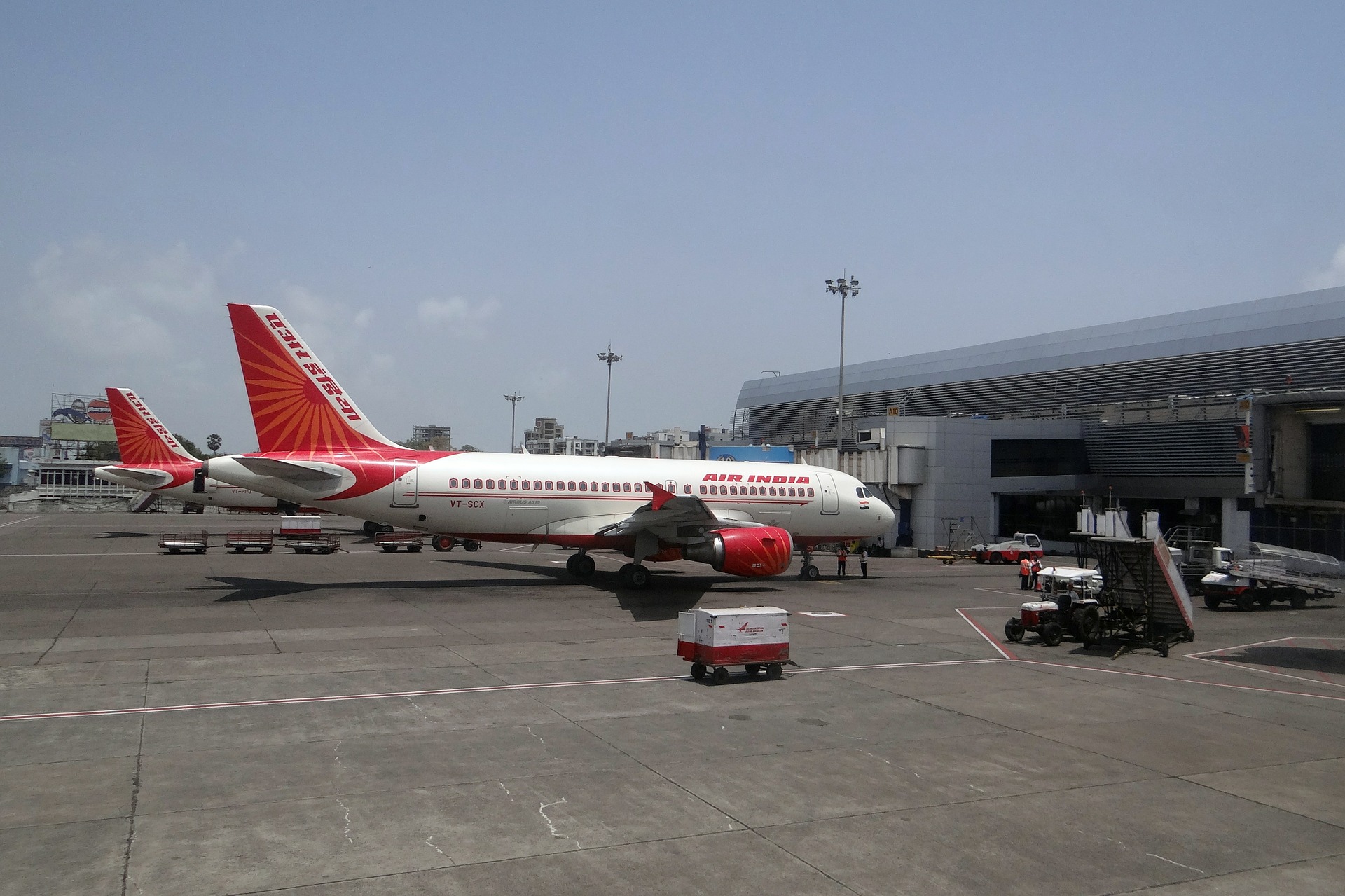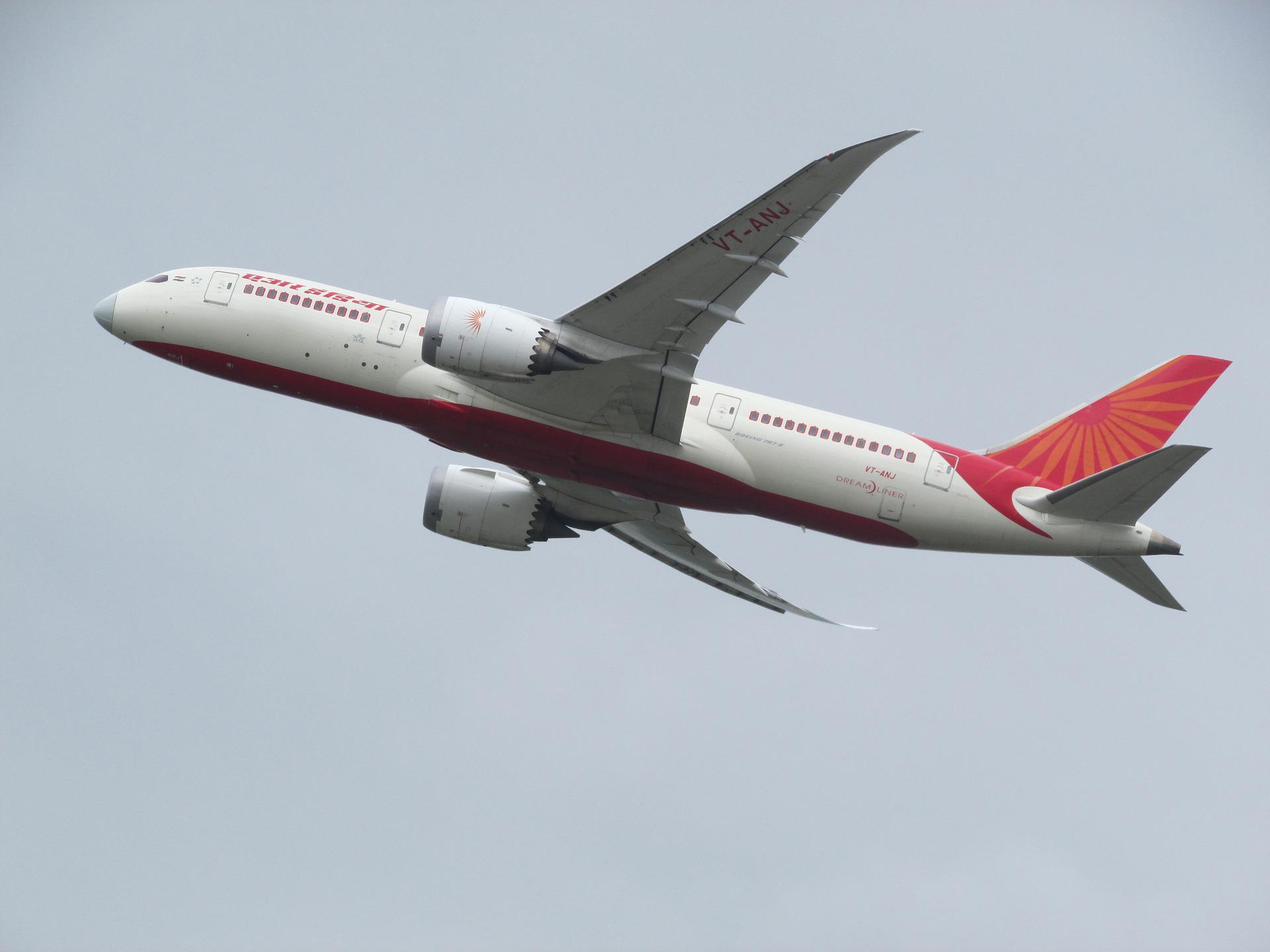The Paramount Importance of Safety Management in Aviation
Other · 3 min read
Whether you are planning a trip or just dreaming of one, check our recommendations for the best airlines to fly to Japan!

The civil aviation industry of India is one of the fastest-growing aviation industries in the world. India has surpassed the United Kingdom to become the world’s third-largest domestic aviation market, and India is expected to grow in this market even more until 2024. Between 2000 and 2015, India’s passenger volume increased at a 16.3 percent annual rate. In 2016, its aviation traffic included 131 million passengers.
Despite this progress, the country’s aviation sector potential remains largely untapped. According to estimates, the air transport sector, which includes airlines and their supply chain, contributes $13 billion to India’s GDP. International visitor spending contributes an additional $22 billion to the nation’s GDP, for a total of $35 billion.
The history of aviation in India started when the first airmail service in history was launched in Allahabad, India, on February 18, 1911, during the Kumbh Mela. Henry Piquet flew a Humber biplane from Allahabad to Naini carrying 6,500 letters on this historic day. The collaboration of Indian state air services and British imperial airways resulted in the first international flight to and from India in December 1912, flying from London to Karachi to Delhi. Tata Sons Ltd. started regular airmail service between Karachi and Madras. On January 24, 1920, the Royal Air Force began routine airmail flights between Karachi and Bombay.
Airport construction in India began in 1924 at Gillbert Hill in Bombay, Dum Dum in Calcutta, and Bamrauli in Allahabad. A new civil aviation department was founded in April 1927. The Aero Club of India was also established that year. J. R. D. Tata received the first private pilot’s licence in India from Aeronautique International in February 1929 on behalf of the Aero Club of India and Burma. In 1931, Lieutenant Colonel Shelmerdine was assigned as the first Director General of Civil Aviation (DGCA).
Tata Sons Limited split off to form a new subsidiary in 1932. Airmail services between Karachi, Ahmedabad, Bombay, Bellary, and Madras began on October 15 the same year. Other carriers, including Indian Trans Continental Airways, Madras Air Taxi Services, Indian National Airlines, and others, began operations between 1933 and 1934. The aviation bill was passed in 1934 and revised in 1937. Walchand Hirachand founded Hindustan Aeronautics Limited (HAL) in Bangalore in 1940 in collaboration with the Mysore Government.

India’s first aeroplane, the Harlow trainer, had its first flight in July 1941. The Nizam of Hyderabad and Tata jointly funded Deccan Airways when it was established in 1945. The maiden flight was made in July 1946. The name “Air India” was introduced when Tata Airlines rebranded to Air India in 1946. Air India and the Indian Government agreed to a contract in 1948 for Air India International Ltd. to run international flights.
Air India began offering international services on June 8 of the same year with a weekly flight linking Bombay with London via Cairo and Geneva. Indian Airlines and Air India International were founded when the Indian Parliament approved the Air Corporations Act in March 1953, which led to the state’s control of the whole airline industry. The eight domestic airlines that amalgamated at this period included Decca Airways, Airways India, Bharat Airways, Himalyan Aviation, Kalinga Air Lines, Indian National Airways, Air India, and Air Services of India.
The Civil Helicopter Services of India were started in 1953. India joined the jet age with the addition of the Boeing 707-437 to Air India’s fleet in 1960, and an Indian airline was responsible for the first flight between India and the United States.
The International Airports Authority of India (IAAI) was founded in 1972, and Vayudoot Airlines, which was the Indian government-owned carrier, first flew in 1981. Pawan Hans Helicopters Limited (PHHL) and the Indira Gandhi Rashtriya Uran Academy (IGRUA), both for pilot training, were established in Fursatganj, Rai Bareli, Uttar Pradesh, in 1985. After terrorists detonated a bomb on Air India Flight AI 182 between Montreal and Delhi over the Atlantic Ocean, 1985 became known as the worst year in Indian aviation history.
Following the tragic events, in 1987, the Bureau of Civil Aviation Security was established with the National Airports Authority opening just a year prior, in 1986. 1989 marked an important event in the history of aviation in India when Indian Airlines was crowned one of the first carriers in the world to operate the Airbus A320 type of aircraft. As a result of the liberalization of the civil aviation industry, private airlines began to enter the market in 1990-1991.
Private aircraft were permitted to provide charter and infrequently scheduled flights under the “Air Taxi” Plan. East West Airlines was the country’s first national-level private airline. Another proud moment for the history of aviation in India was when Air India entered the Guinness Book of World Records in 1990 for the largest airlift by a single civilian airline, transporting over 111,000 people from Amman to Mumbai in 59 days while operating 488 flights just before the Gulf War began. This was a watershed moment in Indian civil aviation.
As a result of the repeal of the Air Corporation Act in 1994, private airlines such as Jet Airways, Air Sahara, Modiluft, Damania Airways, NEPC Airlines, and East West Airlines were able to operate. In 1995, India’s six private airlines handled more than 10% of domestic routes. In addition to that, nowadays, numerous international carriers provide international services.
In 1995, India had 42 airlines serving the civil aviation market, and the International Airport Authority of India and the National Airports Authority merged to form the Airport Authority of India (AAI). In 1998, the country’s first private airport opened in Cochin, Kerala. However, the decade did not end on a high note as another tragic year in the history of aviation in India occurred in 1999, when an Indian Airlines flight was hijacked and flown to Kandahar.

The country’s low cost airlines were all prevalent when Air Deccan began operations in 2003. The government authorized the construction of privatized airports in Bangalore and Hyderabad in 2004. Indian scheduled airlines with at least five years of continuous service and a fleet of at least 20 aircraft were granted permission to operate scheduled flights to international destinations in December 2004.
Kingfisher Airlines entered the market in 2005, and the government allowed Air India, Indian Airlines, Jet Airways, and Air Sahara to operate international flights. In 2006, the government authorized a public-private partnership to restructure and modernize Mumbai and Delhi airports. The Regional Airlines Policy, which grants permits to operate within a specific territory, was implemented in 2007. In 2008, the government unveiled its groundbreaking Greenfield Airports Policy.
The Airports Economic Regulatory Authority (AERA) was founded in 2009 after the Parliament endorsed legislation to supervise airport economics. The brand-new centralized terminal T-3 at Indira Gandhi International Airport in New Delhi opened in July 2010. Pawan Hans established Jal Hans Sea Plane Services. India currently has 82 active airports, 735 aircraft, 12 operational scheduled airlines, and 121 non-scheduled carriers, ranking it as the world’s ninth largest aviation market. This year, more than 50 million people are expected to fly in India.
In 1932, D. Tata won a contract to transport mail and went on to found Air India. Until 1990, international aviation in India was limited to four major cities: New Delhi, Bombay, Madras, and Calcutta. On February 10, 1929, Tata received India’s first pilot license. He was later known as the “Father of Indian Civil Aviation.” He founded India’s first commercial airline, Tata Airlines, in 1932, which later became Air India, the country’s national carrier, in 1946.
On February 18, 1911, the first commercial flight in the history of aviation in India took off from Allahabad for Naini, a distance of about 10 kilometres. Tata Air Services, later renamed Air India, was the first airline to operate in India, kicking off the country’s aviation industry in 1932. J.R.D. Tata founded the airline after winning a contract with Imperial Airways. It began as an airmail service within India. The first flight of the airline was from Karachi to Mumbai in October 1932.
The start of the history of aviation in India is marked by the first commercial flight from Allahabad to Naini. The United Provinces Industrial and Agricultural Exhibition in Allahabad carried mail in a 15-minute experimental flight on the Humber Biplane from Naini.
On February 10th, 1929, J. R. D. Tata obtained his first licence in India. He was ultimately designated the “Father of Indian Civil Aviation.” In 1932, he established Tata Airlines, India’s first commercial airline, which was renamed Air India in 1946 and is now the country’s flag carrier.
Discover Other Topics in Aviation:
Hi!
Thanks for pointing out the incident.
We are always looking to update our content to keep it relevant to our audience.
We will definitely try to commemorate this incident in the future!
Wishes,
Aeroclass team
In 1953,an aircraft of Air India, called Kashmir Princess was destroyed using a bomb mid-flight from Hongkong to Jakarta (?), the first such incident involving an Indian aircraft.
Unfortunate that it is not mentioned in the history.